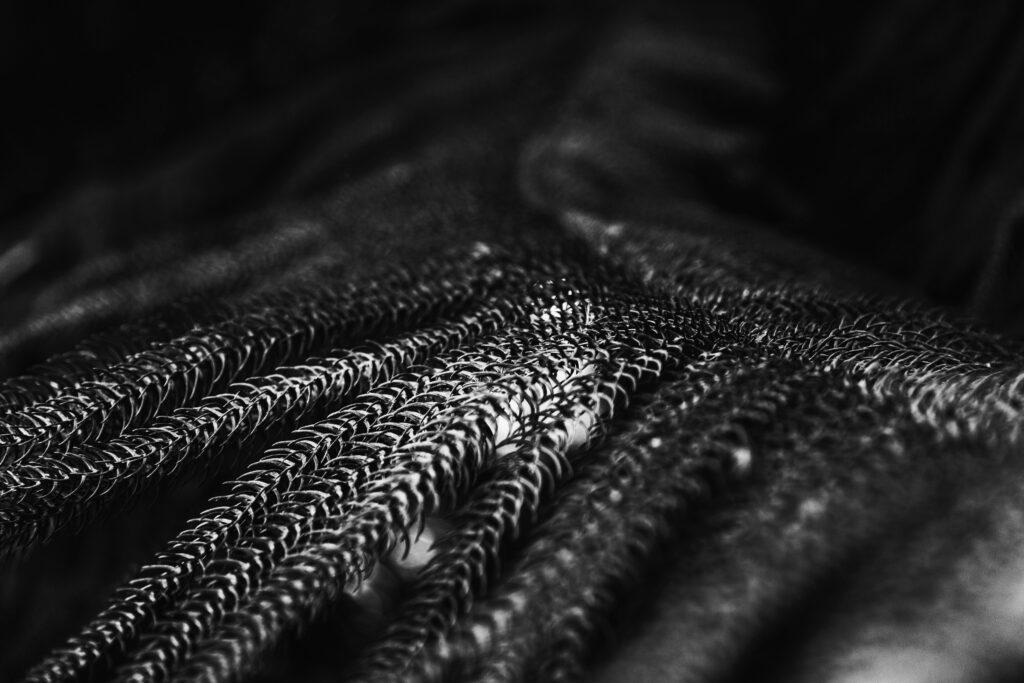Bending Light Like Clouds: A Revolutionary Approach to Photonic Control
Introduction: Nature-Inspired Light Manipulation
In a breakthrough that merges physics with materials science, researchers have developed a novel method to steer light around bends and corners using principles borrowed from cloud physics. This discovery, made by a team at the University of Glasgow, could transform fields ranging from medical imaging to nuclear reactor design.
Key Discoveries at a Glance
✔ Cloud-like light scattering harnessed to guide photons directionally
✔ 3D-printed structures with embedded clear channels outperform solid materials by 100x in light transmission
✔ Works for light, heat, and neutrons—enabling diverse applications
✔ Simple, low-cost alternative to fiber optics for short-range uses
“We were shocked this wasn’t discovered centuries ago—it’s not some obscure quantum effect, just clever use of basic physics.”
— Daniele Faccio, University of Glasgow
The Science: How Clouds Inspired Photonic Breakthroughs
Nature’s Light Scattering (The Cloud Model)
When sunlight hits a cloud:
- Top layers appear bright white as photons scatter repeatedly off water droplets
- Base appears gray because few photons penetrate deeply
- Same phenomenon occurs in snow, white paint, and other diffuse materials
The Artificial Cloud: 3D-Printed Light Guides
The team created hybrid materials that combine:
- Opaque white matrix (acts like cloud droplets)
- Precise clear resin channels (function as light highways)
How it works:
- Photons enter a clear channel
- When they stray, the surrounding material scatters them back into the channel
- Result: Light follows the channel’s path, even around curves
![Diagram comparing cloud scattering vs 3D-printed light guides]
Caption: Left – Photon paths in clouds; Right – Controlled guidance in artificial materials

Comparison: New Tech vs Fiber Optics
| Feature | Traditional Fiber Optics | Cloud-Inspired Guides |
|---|---|---|
| Principle | Total internal reflection | Controlled scattering |
| Efficiency | Extremely high (~0.2dB/km loss) | Moderate (suitable for cm-to-m scales) |
| Cost | Expensive (ultra-pure glass) | Cheap (3D-printable) |
| Flexibility | Requires careful bending | Tolerates sharp turns |
| Materials | Only transparent fibers | Works with biological tissues |
“This isn’t a fiber optic replacement—it’s a new tool for situations where fibers can’t go.”
Groundbreaking Applications
1. Medical Imaging Breakthroughs
- Natural light guides in the body: Could utilize tendons or cerebrospinal fluid as built-in imaging conduits
- Endoscopy: Thinner, more flexible light delivery systems
- Brain imaging: Potential to map neural activity through scattering tissues
2. Advanced Cooling Systems
- Photon-based heat routing in electronics
- Thermal management for high-power lasers and reactors
3. Nuclear Engineering
- Neutron guidance for safer reactor monitoring
- Radiation-resistant sensors
4. Architectural Lighting
- Glow walls that distribute light evenly
- Sunlight harvesting systems with passive steering
Why This Discovery Took So Long
The principle is deceptively simple—so much so that researchers believe it could have been found in the 19th century. Key barriers were:
- Mental Block: Assumption that scattering always meant disorder
- Material Limitations: Needed modern 3D printing to create precise channel geometries
- Measurement Tools: Required sensitive photon detectors to verify guided paths
“Sometimes the biggest discoveries are hiding in plain sight—we just needed to look at clouds differently.”
The Road Ahead: Challenges & Opportunities
Immediate Next Steps
✔ Optimize channel designs for specific wavelengths
✔ Test biological compatibility for medical uses
✔ Develop industrial-scale fabrication
Long-Term Possibilities
- Self-healing light guides using living tissues
- Quantum light routing for secure communications
- Space-based applications (lightweight radiation guides)
Expert Perspectives
Supportive Views
“This elegantly solves the light-delivery problem in turbid media we’ve struggled with for years.”
— Dr. Maria Rodriguez, MIT Photonics Lab
Constructive Criticism
“The efficiency gap with fiber optics is real—but for short-range biosensing, this could be revolutionary.”
— Prof. Chen Wei, Shanghai Optical Institute
DIY Science: Cloud Lighting in Your Kitchen
While you can’t replicate the full experiment at home, try this cloud light demonstration:
- Fill a glass with milk (the “cloud”)
- Shine a flashlight through one side
- Observe how most light scatters out the top, leaving the base dim
- Now insert a clear straw—see how light travels farther through it
“Science isn’t always about high-tech—sometimes it’s about seeing everyday phenomena with new eyes.”

